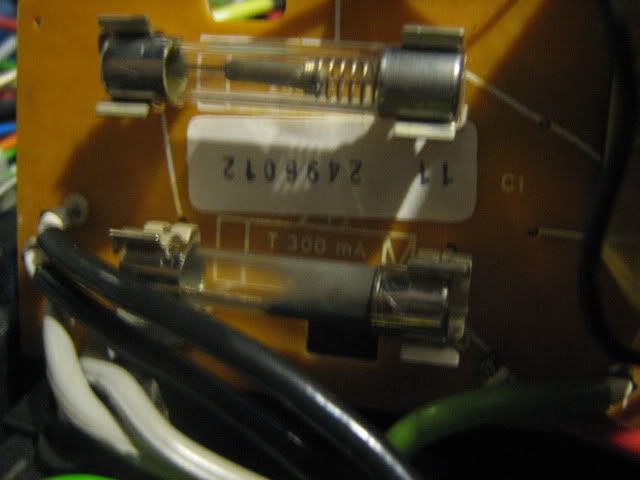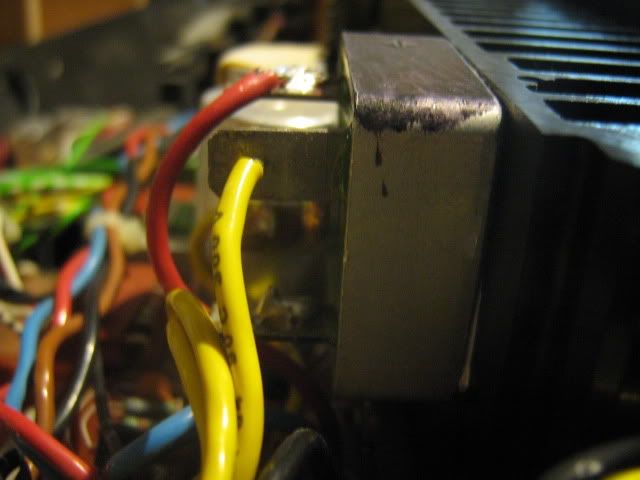I recently acquired a Beomaster 6000 (Type 2253) in non-working condition. Physically it is in great shape, but it will not power on.
Inspection revealed that Fuse 2 was blown.

I thought that the bridge rectifier (16D7) might be part of the problem and after testing, it was found to be faulty.


I am considering replacing it with this part: Vishay 625-GBPC2504-E4
Can anyone confirm whether this would be a suitable replacement?
I would assume that the large power supply caps C20,C21 should also be replaced.
Once I can get it to turn on, I will likely do a full recap.
Are there any other components which I should look into replacing to get this beomaster to power up?

